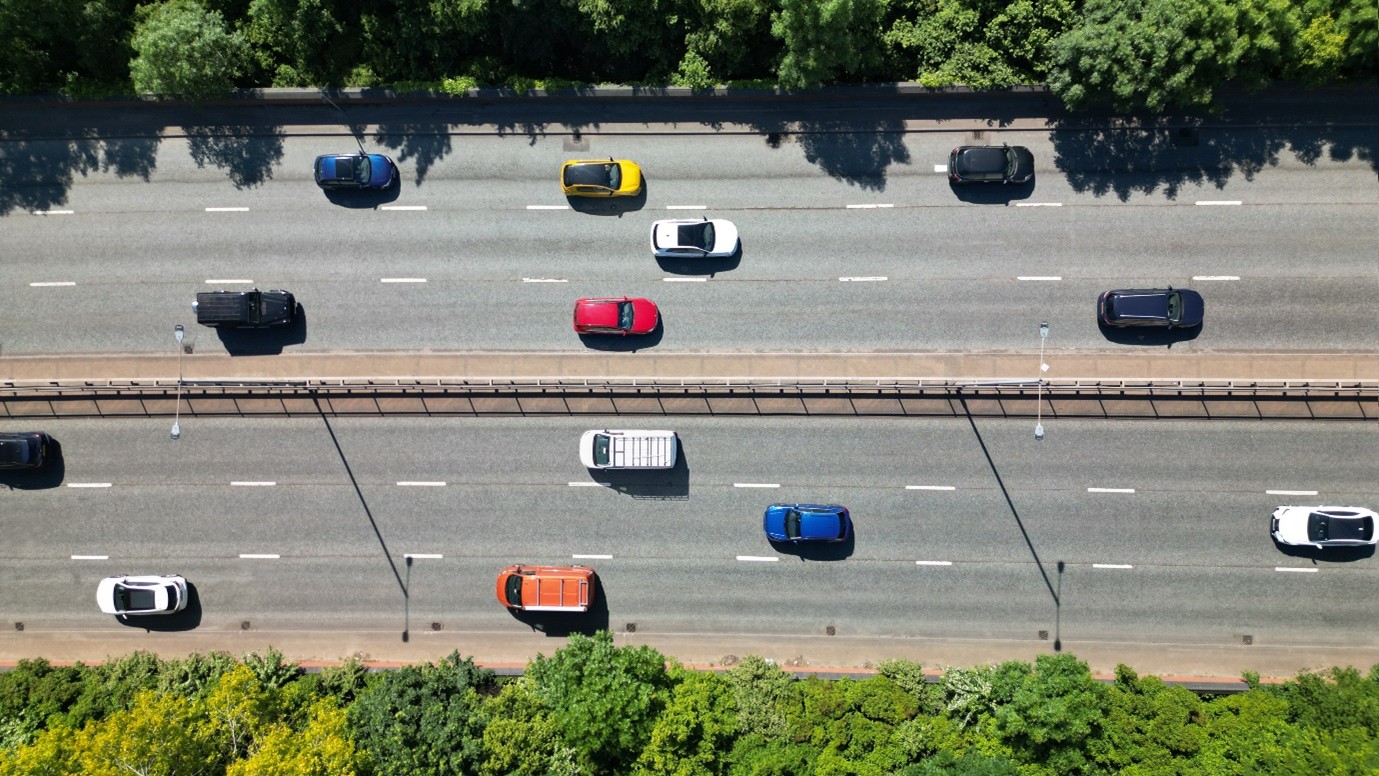As the New Vehicle Efficiency Standard (NVES) Regulator, our role is to deliver a more fuel-efficient future for Australia. We work to drive transparency, build trust, safeguard integrity and empower industry in line with the New Vehicle Efficiency Standard Act 2024(Opens in a new tab/window) (NVES Act). Ms Karen Najjar, Assistant Secretary of the NVES branch, is responsible for overseeing the operations of the regulator and works to ensure we are trusted, credible and engage with our stakeholders.
The NVES Regulator is a dedicated regulatory unit within the Department of Infrastructure, Transport, Regional Development, Communications, Sport and the Arts(Opens in a new tab/window) (the department).
The NVES Act sets carbon dioxide (CO2) emissions targets (emissions targets) from 1 July 2025 for new light passenger cars such as sedans and sport utility vehicles (SUVs) and light commercial vehicles, such as utility vehicles (utes) and vans, entering the Australian market.
It works with regulated entities (such as car manufacturers and suppliers who hold a vehicle type approval) to understand their obligations and duties under the NVES Act. This helps them to meet lower emissions targets by supplying more low emissions cars to the Australian market, whether they are petrol, diesel, hybrid, electric or other emerging fuel types. The NVES Act aims to:
- reduce CO2 emissions from vehicles
- build a more sustainable and vibrant car market
- provide Australian consumers more choice of low-emissions vehicles
- improve Australia’s fuel security
- save Australians money at the bowser and in yearly maintenance
- improve air quality for all Australians.
Compared with other countries, Australia has fewer fuel-efficient and low-emission cars available. In fact, vehicles driven by Australians contributed up to 15% of the nation's total carbon emissions in 2024. Before the NVES, the transport sector was projected to become Australia’s largest source of emissions by 2030.
To address this, the department consulted extensively across a range of stakeholders, including international, state and local governments, non-government organisations, industry and the public. This collaboration helped align the NVES with international standards and the needs of Australians. The NVES Act was then introduced on 1 January 2025.
Regulated entities can choose how they meet or beat their emissions targets, allowing flexibility to suit their business strategies. Importantly, consumers will continue to have access to familiar car brands, along with an expanded range of models, including popular vehicles like utes and vans.
We will continue working closely with industry to improve fuel efficiency across Australia's car market.












